
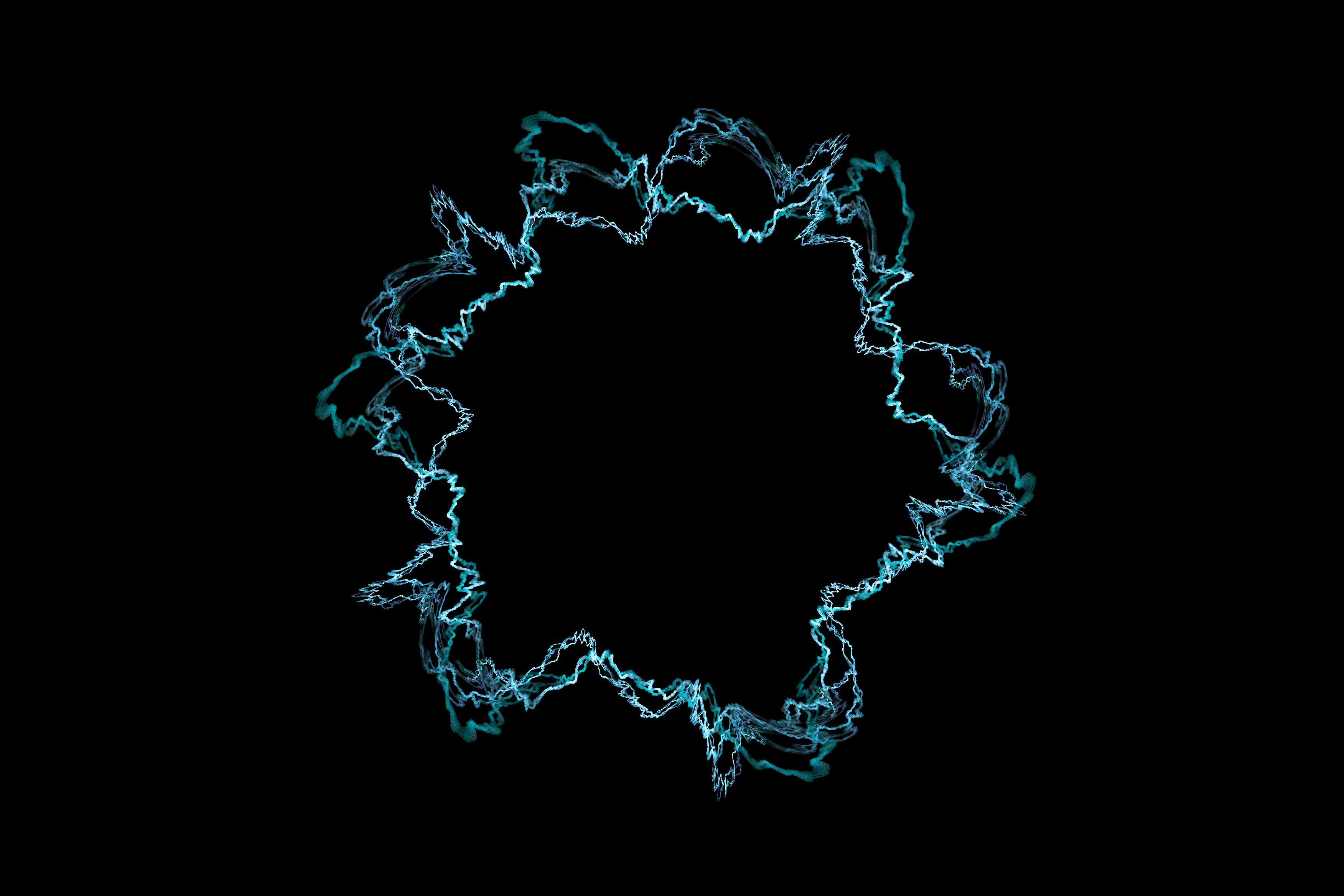
String Theory
A Theory of Everything
By Donald Leung
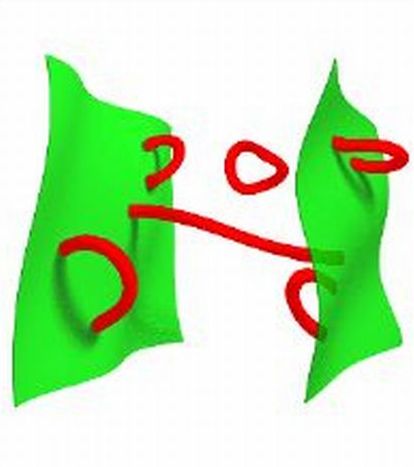

Contents
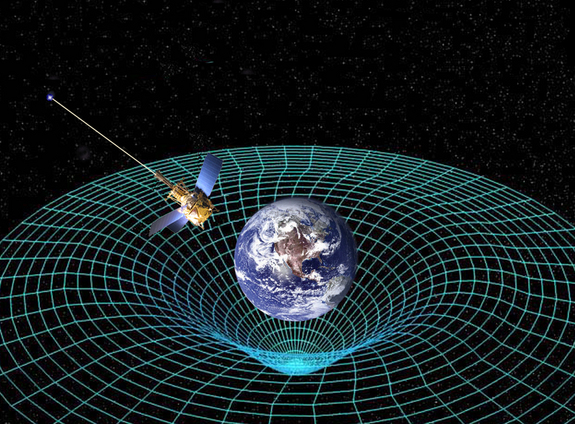



Special and General Relativity
Background History
- Published by Albert Einstein
- Published 1915
- Theory of Gravitation
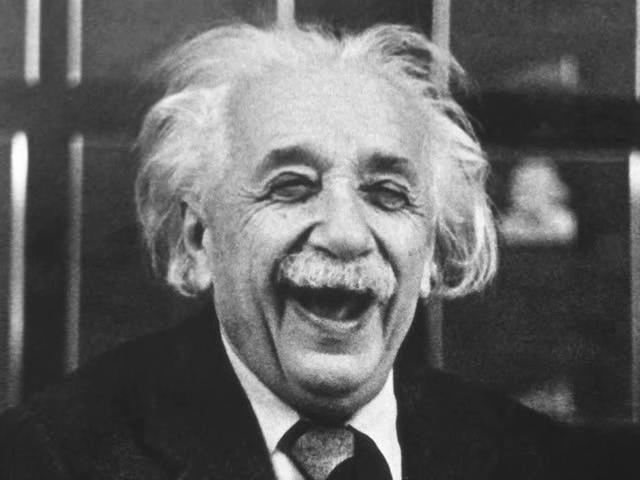

Special Relativity: Some Basic Concepts
- Speed of Light in vaccuum independent of motion of observer
- Predicts the equivalence of mass and energy:
E = mc2 - Space and time are related and interwoven in "spacetime" fabric
- Only applies to flat spacetime (hence the name "special relativity")
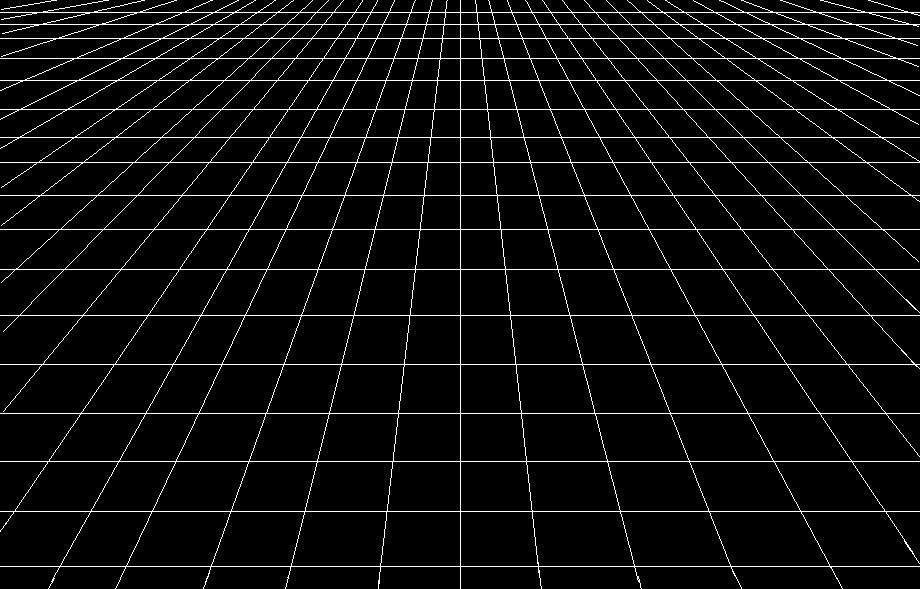
General Relativity: Some Basic Concepts
- A generalization of Special Relativity (hence its name) which includes all sorts of spacetime distortions such as acceleration or gravitational fields
- Massive objects create a "dent" or distortion in spacetime which is felt as gravity
- Rotation of massive objects can also twist and distort spacetime

Similarities between Special and General Relativity
In case you haven't noticed, both of them deal with physics phenomena on a very large scale. These two theories seem to totally break down on the subatomic scale.
And this is where quantum mechanics comes in.
Quantum Mechanics
Background History
- No definite date for discovery of quantum mechanics
- Phrase "Quantum Mechanics" coined by Max Born, Werner Heisenberg and Wolfgang Pauli in early 1920s
-
Other scientists who contributed greatly to this theory:
- Max Planck
- Albert Einstein
- Niels Bohr
- Louis de Broglie
- Paul Dirac
- Erwin Schrödinger
- Richard Feynman
Some Basic Concepts
- Theory for physical phenomena at the subatomic scale
- Based purely on probability - there is no certainty anywhere in this theory
- Major Concept: Wave-Particle Duality - Subatomic particles exhibit wave properties at times and particle properties at other times
As you zoom out of the subatomic scale, the probabilities average out so classical physics hold true on a large scale.
Double-Slit Experiment
- An experiment devised to demonstrate the wave-particle duality nature of subatomic particles
- Also known as Young's Experiment
First, a laser beam is shot at a plate containing 2 parallel slits. The light passing through the slits are observed on a screen behind the plate.
We find out that:
- The light passing through the two slits interfere with each other - suggesting that light is a wave
- However, when observed, each photon (light particle) passes through 1 slit only - suggesting that light is comprised of particles
Figure 2.1: Double-Slit Experiment

Problem
These two theories have been proven time to time to be mutually incompatible, but both of them are completely valid!
String Theory and M-Theory: the Theory of Everything
Background History
- "Prototype" of String Theory discovered by Gabriele Veneziano during the 1950s/1960s
- Originally used to explain hadron physics
- Later adapted to explain all elementary particles - key theorists include Pierre Ramond, Andre Neveu, John Schwarz and Joel Scherk
- There are currently 5 different self-consistent string theories




Aims of String Theory
- Unite the 2 major theories of the universe, namely General Relativity and Quantum Mechanics
- To create a single unified theory that explains everything
Some Basic Concepts
- All subatomic particles are composed of vibrating filaments of energy called strings
- The difference between different subatomic particles and forces is due to the difference in the vibration of the string(s) - the strings themselves are pretty much the same
- String Theory requires that there are 10 dimensions because in 3 dimensions, the number of ways that the strings vibrate (i.e. the dimensions in which they are vibrating, left-right, front-back, up-down and so on) are not enough for all of the particles and forces that exist in the universe
- We can't see the extra dimensions because they are curled up into very small spaces or we are living in a 3D subspace of a 10D manifold.
M-Theory and "Pea Brains"
Since there are 5 string theories (hardly a unified theory, right?), M-theory is the theory that attempts to unify all 5 different string theories.
M-theory suggests that different-dimensional branes exist. For example, strings (1-branes) are one type of brane that exist, but there are also 2-branes, 3-branes and so on, up to 5-branes. The general term for all such branes are p-branes (read as "pea brains") where p is the dimension of the brane.

Prerequisites of String/M-Theory
An important prerequisite (i.e. assumption) of this theory is that there must be at least 6 other spatial dimensions that are unobservable on top of the 3 spatial dimensions and 1 time dimension that we can easily observe.
Spinoff - Hyperdimensionality and God
God - A Hyperdimensional Being?
Before we continue, let us see what the Christian Bible says about the properties of God.
God is:
- Omnipotent
- Omniscient
- Omnipresent
Apart from that, the universe cannot contain Him.
Demonstration of Omniscience

Demonstration of Omnipresence
Look at the whiteboard and presenter!
"The Universe cannot contain Him"
Look at the whiteboard and presenter!
Credits
Special and General Relativity
Quantum Mechanics
String and M-Theory
- http://www.physlink.com/Education/AskExperts/ae138.cfm
- http://www.columbia.edu/cu/record/23/18/14.html
- http://www.dummies.com/how-to/content/the-basic-elements-of-string-theory.html
- http://www.dummies.com/how-to/content/string-theory-for-dummies-cheat-sheet.html
- https://en.wikipedia.org/wiki/Introduction_to_M-theory
- https://en.wikipedia.org/wiki/String_theory
Images
- https://www.iusb.edu/currents/wp-content/uploads/2012/07/StringTheory_shutterstock_24627319.jpg
- https://thescienceclassroom.wikispaces.com/file/view/strings.jpg/65888368/strings.jpg
- http://www.damtp.cam.ac.uk/user/tong/string/dbrane.jpg
- http://bumpybrains.com/comics/images/pea_brain_comic.jpg
... and much, much more! I basically copied all my images from the Internet :p
Software
Slidex by Donald Leung. MIT Licensed.